Prosthetic limbs have made huge strides in terms of product development since their conception. Smart technologies reinvigorate the potential of traditional prosthetics and allow to bring new life experiences to those with arthritis and missing limbs.
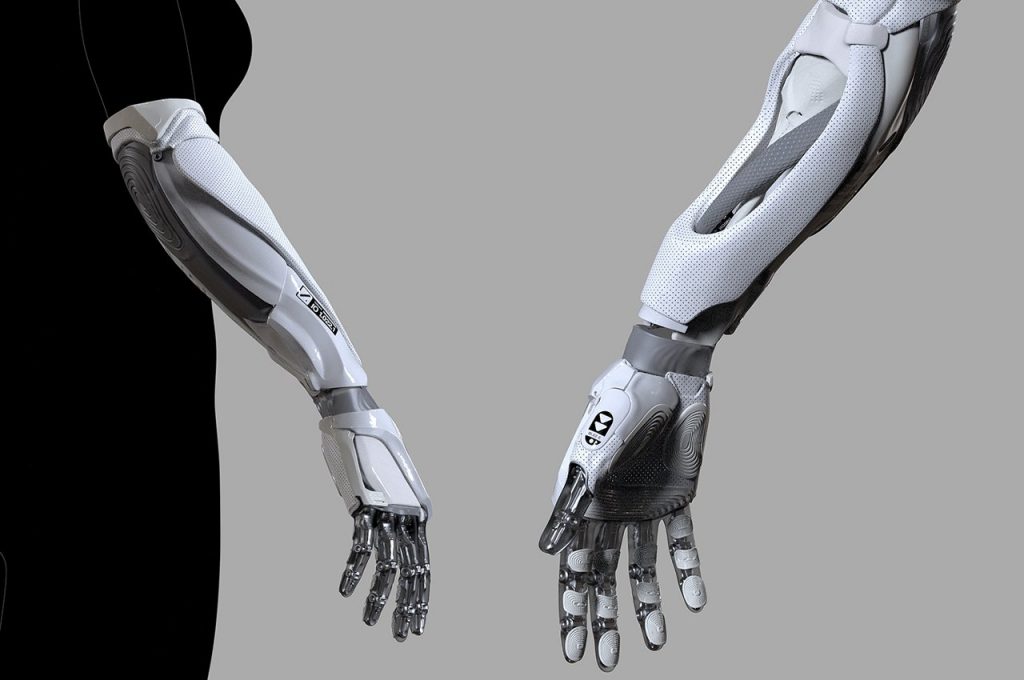
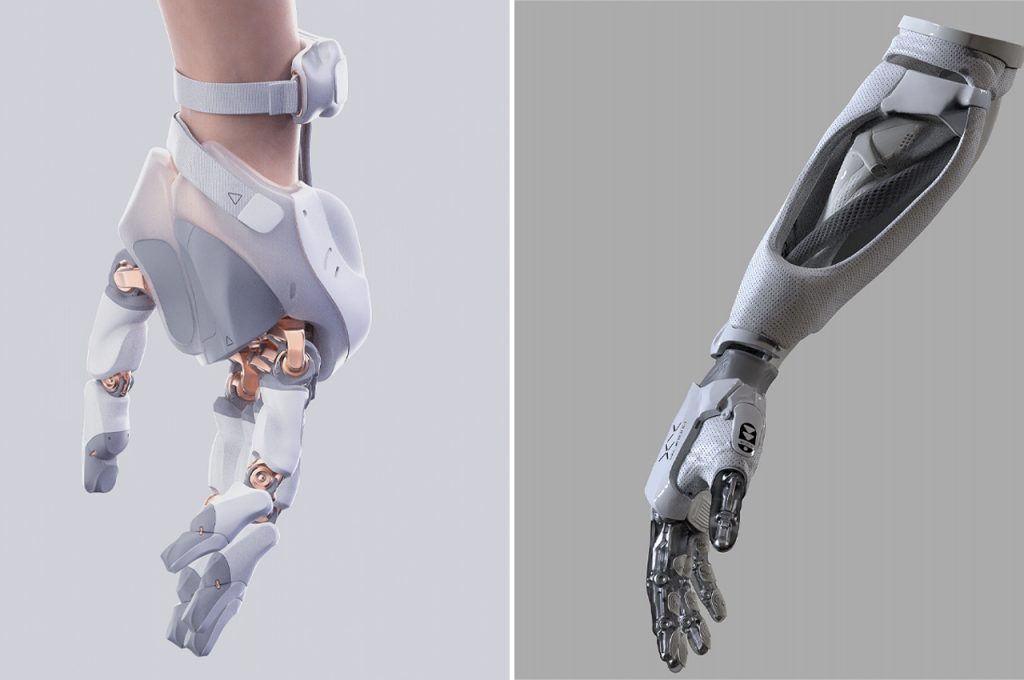
The Smart Prosthetic Arm by Xander Lihovski (also header image)
Amsterdam-based CG Designer Xander Lihovski has conceptualized a wearable design that integrates AI and smart technology into the construction of a prosthetic limb. Aptly named The Smart Prosthetic Arm, the concept features embedded sensors and smart technology predict the natural body language of the person wearing the artificial limb, optimizing the experience for them to allow precise handling and movement.

The Smart Prosthetic Arm by Xander Lihovski
Unlike most traditional prosthetics that are created to take in the look of an actual limb mimicking the user’s body and skin tone, The Smart Prosthetic Arm is envisioned in optic white and slate black. The digital interface is depicted wrapped around the prosthetic arm’s elbow crease that operates as the prosthetic limb’s smart hub. Here, the user can access features like a fitness tracker, clock, and calorie counter.
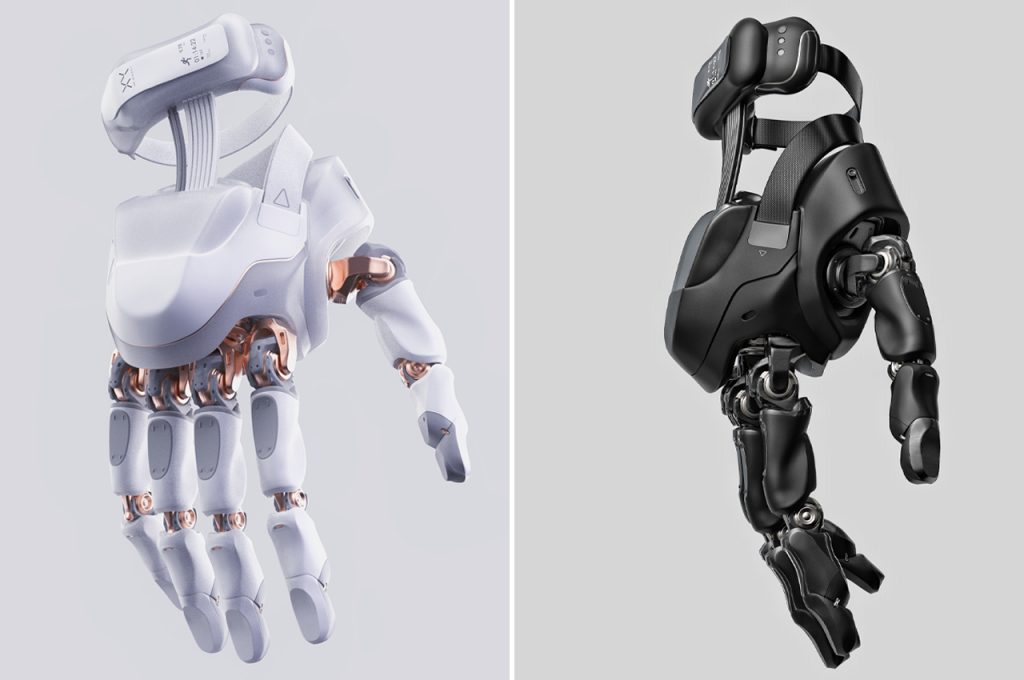
The Smart Prosthetic Arm by Xander Lihovski
The smart digital display is connected to the prosthetic forearm and fingers by an elastic component that not only allows for comfortable movement but also works to minimize the number of materials needed to manufacture the limb.

ZENOS by Chan Lee
The innovative prosthetic arm prototyped by New York based industrial designer Chan Lee prioritizes functionality. Zenos has been specially developed for amputees who enjoy an active and adventurous lifestyle and require a high-performance prosthesis for sports activities, such as mountain biking and cycling.
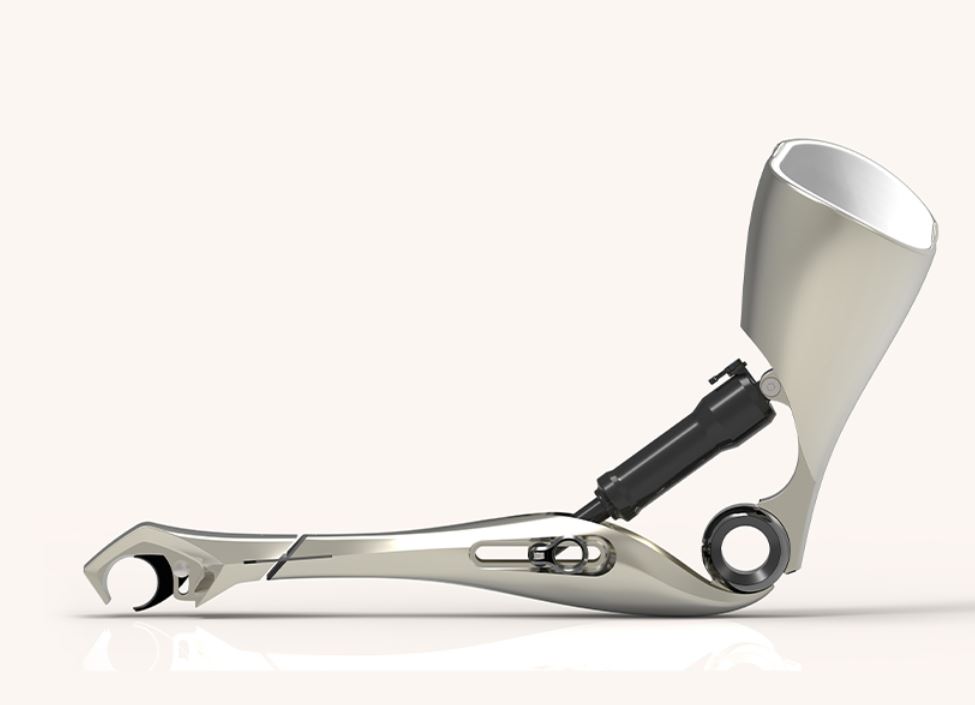
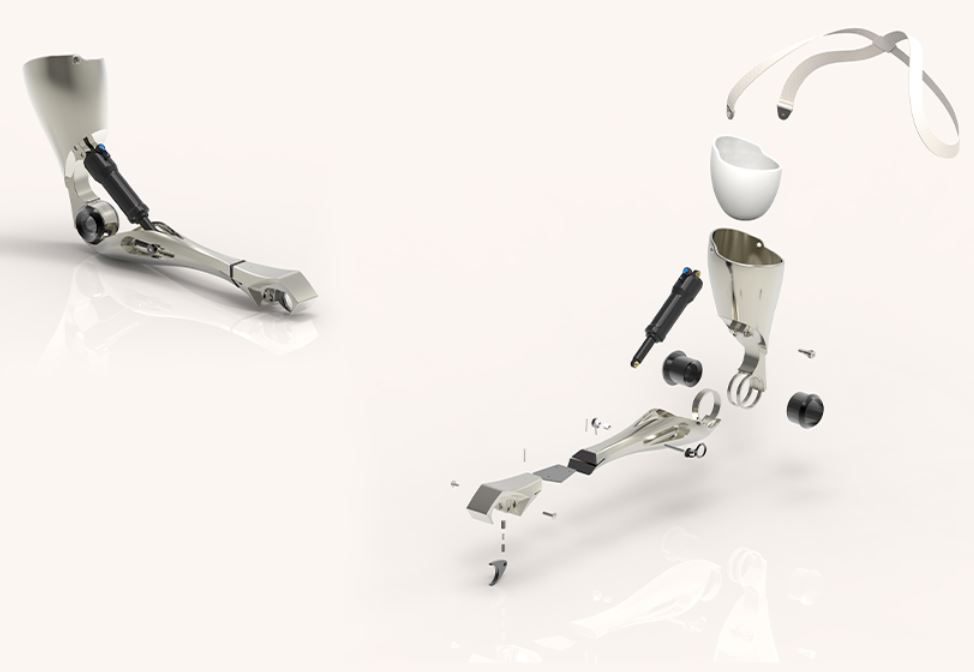
ZENOS by Chan Lee
Although mountain biking is one of the most popular and challenging outdoor activities for amputees, current prosthesis designed for it are mostly expensive. This spurred the designer to create an affordable open sourced 3D printable prosthetic arm that users can download anywhere for free.
Designwise, Zenos incorporates two unique features. An easy-lock and quick-release system allows users to connect and disconnect the device from bike handlebars quickly and easily, which enhances the user’s safety. A shock-absorbing elbow has been designed to reduce impact on the shoulder. an angle of elbow can be easily adjusted and locked by one hand with quick release clamp.
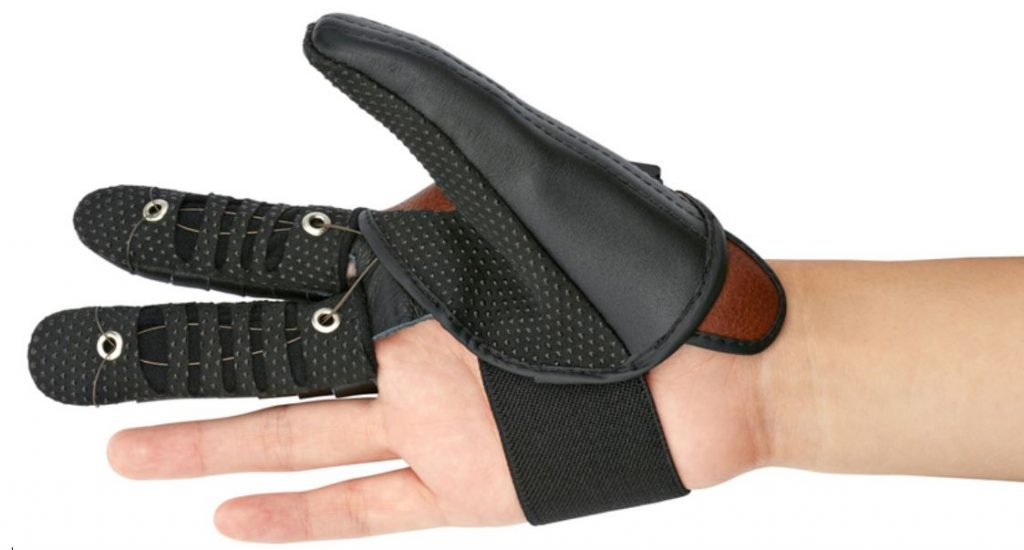
Neomano by Neofect
The robotic glove devised by Korean start-up Neofect is intended not for amputees but for patients suffering from paralysis. Spinal cord injury (SCI) can cause weakness or complete loss of muscle function and loss of sensation in the body below the level of injury. The product, named Neomano, is a wearable hand robot, which gives SCI patients the ability to grip and pick up objects with the press of a button.


Neomano by Neofect
The prototype uses a wireless, remote-controlled motor that contracts the fingers so that the wearers can perform such functions as grabbing a glass of water, turning a doorknob, or using a toothbrush. The motor is attached using magnets, which makes it easy to remove when the glove needs to be cleaned.
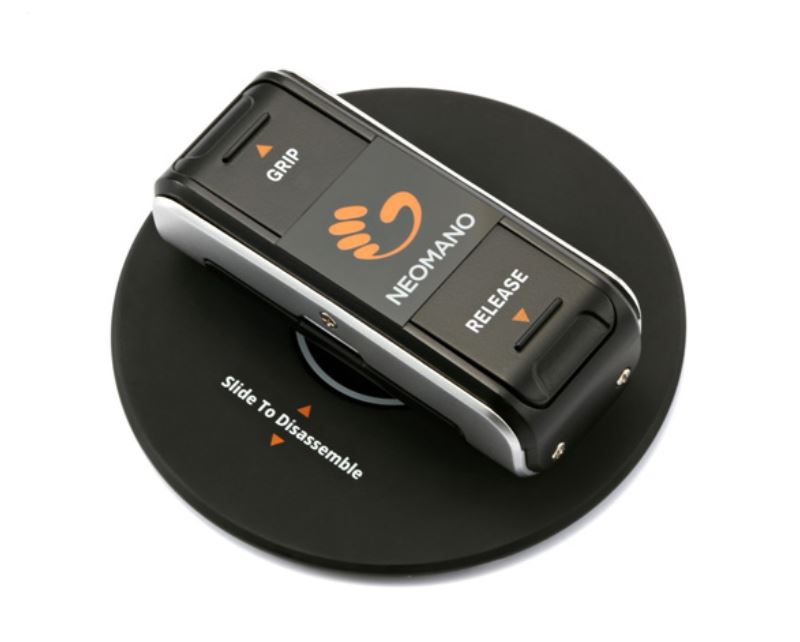
Neomano by Neofect
The longer the button is held down, the tighter becomes the grip. The release button, on the contrary enables the user to release the grip.